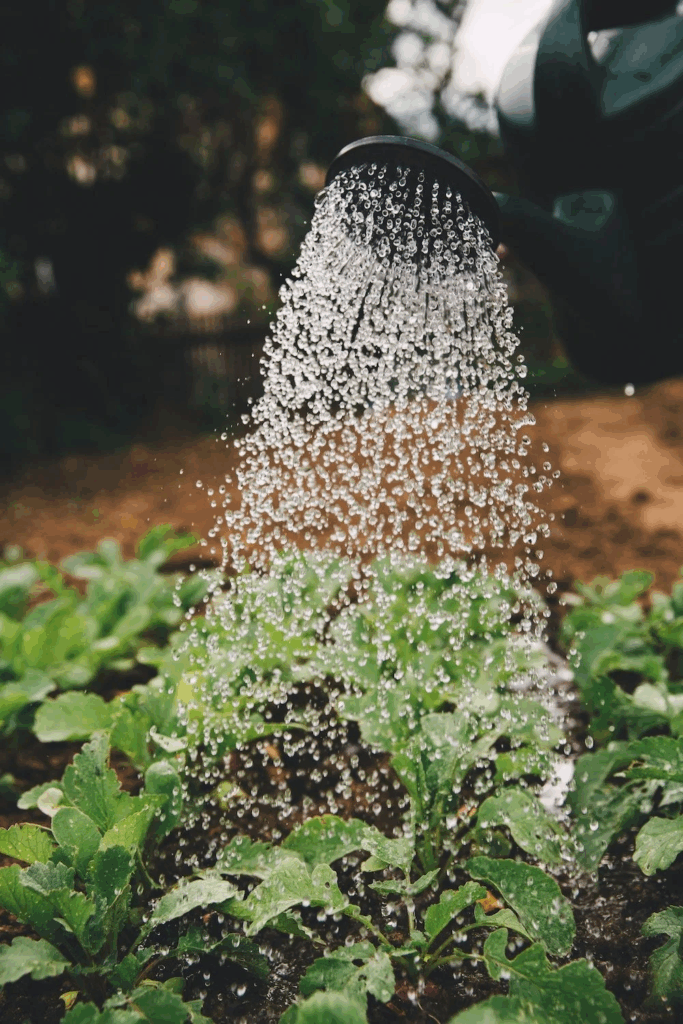Sustainable landscaping and home design
My daily walk has been taking me past a new house that is being built in a neighbouring suburb. Each week I have watched it progress and it is now almost finished. The interesting thing for me about this particular project is the attention they are already giving to the landscaping. The owners have already identified the zones or outdoor rooms they will have, as well as the constraints they need to work with. The spoon drain that runs through the property is well maintained and has been planted with native species suitable for damp conditions and will slow the flow of water.
The value that landscaping can bring to our properties is more than just financial. With a bit of planning, our homes can achieve greater sustainability through careful and considered landscaping. Surface temperatures of tree-shaded pathways can be up to 7 degrees cooler than unshaded pathways and medium sized shade trees, up to 7m, planted on the western side of the house can reduce summer cooling energy needs by 17 percent. Landscaping is an important part of sustainable housing design that can often be overlooked but is well worth the investment.
Sustainable homes are more resilient to climate and extreme weather. Landscaping for sustainability reduces impact on the environment, reduces energy costs and can add value to your home. Homes can be made more comfortable and our cities more liveable through passive heating and cooling. Home owners can also impact water management, as well as biodiversity and wildlife habitat, and food production. And on top of all that, it will look amazing.

Just by taking some time to properly analyse your property and taking note of key features, you can have a positive impact on how sustainable your home is. Noting where breezes come through, whether your property gets morning or afternoon sun, and what sort of slope, if any, you’re dealing with which will determine the way water flows and where it collects.
Identifying where breezes flow through your property and designing your home to aid ventilation can help cool things down, reducing the need for air conditioning and reducing energy costs.
Swap concrete and bitumen for permeable materials. Properties that surround themselves with hard surfaces such as concrete, bitumen or paved areas not only increase the urban heat island effect but are also likely to flood. Permeable surfaces such as pebble or gravel paths will allow heavy rainfall to drain away and are easy to install and maintain. This will make a difference in how your property copes with these weather extremes.

Improving the soil’s ability to absorb heavy rainfall and drain storm water away will also help to reduce flooding. Adding organic matter to garden beds in the form of compost and manures and adding mulch improves the structure of the soil. But don’t let all that rain go to waste, install a rainwater tank and you’ll have water to use during those dry times.

Plant trees, appropriately sized for the site, shrubs, ground covers, climbing plants to cover arbours and trailing plants to cascade over retaining walls. The combination of different types of plants gives a layered effect that looks great and has added depth to it. It helps absorb noise, provides a haven for birds and other wildlife, provides shade. It gives your eyes a rest when you’ve been focused on that spreadsheet all morning and with a bench nearby, it will be somewhere you gravitate towards with your morning coffee.

Some of these measures might seem fairly basic but they can help reduce your energy usage and save money on your bills. The value of sustainable landscaping is more than just financial though. Help your home to be more resilient to climate and extreme weather events and enjoy a more comfortable way of living that supports the policies that cities are employing in future planning. The connection between homes and landscapes is important for the environment but also adds value to your home at a time when we are all looking for that greater connection with nature.
This is one of the key elements that Horte Couture considers when designing residential landscapes. For more information or to see how you could incorporate more sustainable options into your landscaping, contact me now.
